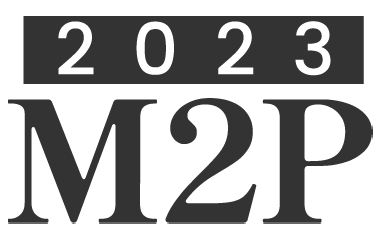
Numerical Design Methods for Injection Molding
Please login to view abstract download link
In plastics injection molding, a product is manufactured by inserting a polymer melt into a mold of a predefined shape. Due to the strongly nonlinear behavior of polymers, shrinkage and warpage effects cause the shape of the final product to differ from its mold. As this effect surpasses engineering intuition, we rely on simulation and aim toward the automatized design of the injection mold and corresponding process parameters. The manufacturing steps consist of (1) filling the mold under varying pressure from one or multiple points, (2) holding, and (3) ejecting the part. Already during the filling step, the melt cools down locally leading to inhomogeneous temperature distribution to the point of partial solidification. The result are residual stresses, which in turn cause the beforementioned shrinkage and warpage. Both effects are influenced by (1) the shape of the cavity, (2) the holding pressure profile, and (3) the position of the melt injection points. All three can serve as a measure to reduce the shape defect of the molded part; their optimal values being determined by numerical design methods. The application of numerical design methods requires on the one hand the parametrization of both geometry and input parameters and on the other hand an objective function quantifying the quality of the process, for which we discuss several examples. Furthermore, we compare the performance of two design methods: (1) shape optimization and (2) numerical solution to the inversely-posed deformation problem [1]. We showcase their applicability even for complex three-dimensional geometries. Finally, we demonstrate how the computational effort for the many-query optimization problem can be cut back by means of a non-intrusive reduced-order model [2, 3]. REFERENCES [1] Zwicke, S. Elgeti, Inverse design based on nonlinear thermoelastic material models applied to injection molding. Finite Elements in Analysis and Design (2019) 65-76. [2] Benner, P., Schilders, W., Grivet-Talocia, S., Quarteroni, A., Rozza, G., & Miguel Silveira, L. (2020). Model Order Reduction: Volume 2: Snapshot-Based Methods and Algorithms. De Gruyter. [3] Bērziņš, A., Helmig, J., Key F., Elgeti S., (2020) Arxiv , Standardized Non-Intrusive Reduced Order Modeling Using Different Regression Models With Application to Complex Flow Problems


